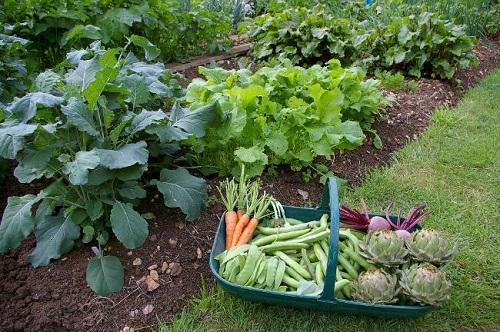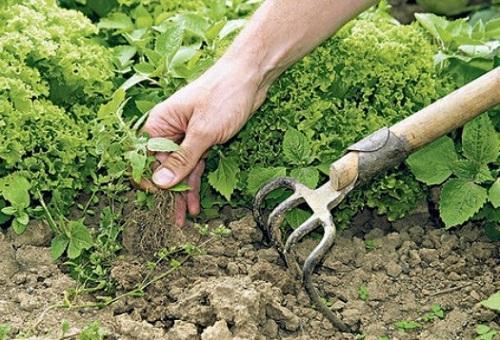Garden care in August
With the arrival of the last month of summer, work in the garden does not end. We can say that it is only increasing. In addition to harvesting a ripening crop, it must also be preserved from diseases and protected from weeds.

You also need to have time to plant crops in the fall and collect seeds for the next year. So, what kind of garden maintenance is needed in August, and what work needs to be done?
Weed control and watering

Summer is coming to an end, and the weeds are still actively continuing their growth. Weed crops must be weeded regularly.
In hot dry summers, the garden needs watering. After watering, do not forget about loosening the soil so that a crust does not form, and hilling. It is better to water at the root in the evening, not allowing water to get on the leaves.

A few weeks before harvesting garlic and onions, stop watering.
Harvesting

The main concern of August is timely harvesting. You need to leave only those crops that are intended for seed ripening.
To prevent the bulbs from growing and the cloves of garlic to crumble, they are dug up in August. Before sending crops for storage, they are dried in a shady, well-ventilated place.

It is also time to remove the potatoes, otherwise the tubers will bake and gradually rot, even after digging up. In rainy summers, potatoes can begin to sprout.

Beans (including asparagus) and corn are checked for ripening; when ripe, they are removed from the bush.
From the crops left for seed formation, they are carefully picked and left to dry.
Measures to protect against pests and diseases

To prevent vegetable beds from losing their foliage due to lack of nutrients, they are fed with fertilizers, for example, you can spray "Uniflor-Bud".
August is the time to process late varieties of cabbage and tomatoes from pests and diseases. You need to spray in the evening or in the morning, when it is still cool. Also, the lower leaves and unnecessary stepchildren are removed from the tomato bushes to prevent late blight. In order not to poison the future crop with chemicals, you can spray the tomatoes with an iodine solution (for 1 bucket of water 50 ml of iodine 5%). Be sure to repeat the procedure after a few days.
Beets with radishes also require attention - at this time fleas can attack them. To protect against pests, sprinkle vegetables with wood ash or cover with non-woven fabric (white).
Melons at the end of summer need to be pinched after 5 leaves to normalize the fruits, and also remove the female inflorescences.
Re-planting crops

Dill, salads, Peking cabbage, arugula can be sown on the plots freed up after harvesting vegetables. Before winter, radish is also planted, as well as parsley and sorrel for greens in early spring.
Free space in the garden, if desired, is sown with green manure plants (phacelia, mustard, peas). In the future, green shoots in the fall should be dug up.
Some gardeners plant garlic before winter in August, in its last days. You need to plant deeper so that it does not sprout in the fall, but only forms a strong root system for winter.